Today we would like to talk about two major changes in our latest release:
two-way sync with JIRA and a new “Populated” operator for robots and auto-actions.
Let’s see what possibilities new functionality brings, and how to work with it.
Two-way sync with Jira
There are cases when some departments of our clients work in Neaktor, and others in Jira. This was causing manual data transfers, synchronization issues, etc.
We decided to fix that. Now you can manage projects in Jira without leaving Neaktor.
Let’s say we are developing a website for the company “M”. Development tasks are stored in both Neaktor and Jira. After setting up synchronization, we can change the name of one of the tasks in Neaktor and its name will automatically change in Jira. And vice versa: if something was modified in Jira – the modification will be synced to Neaktor.
How to set up an integration of Neaktor and Jira
1. In your Neaktor account go to the Integrations tab
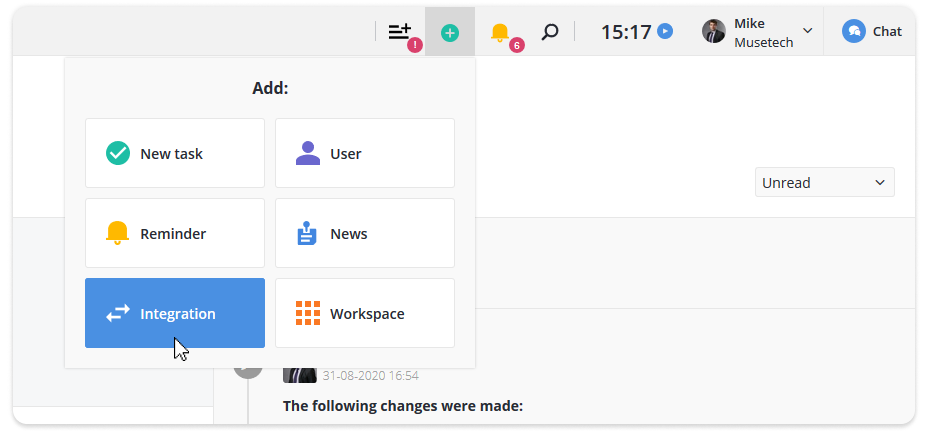
2. Click on Integrations with third-party systems

3. In your Jira account go to Atlassian Account Settings
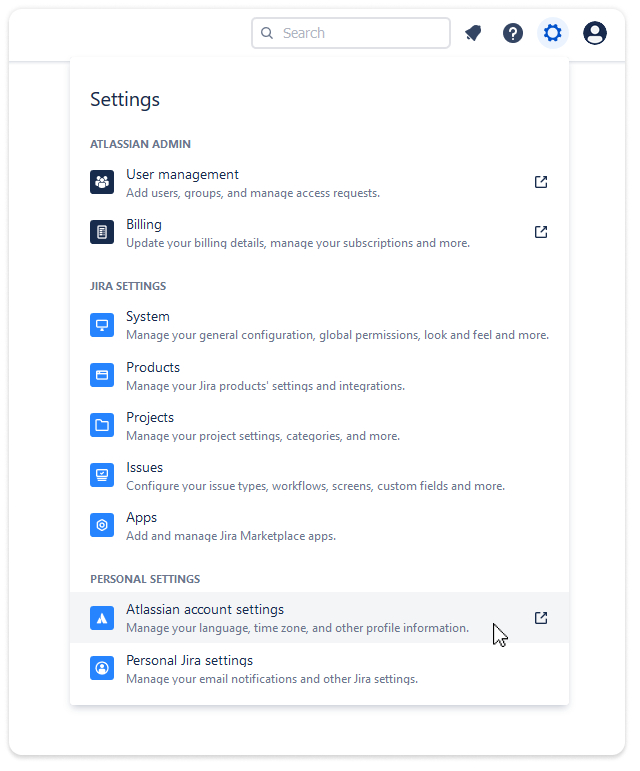
4. Go to the Security section
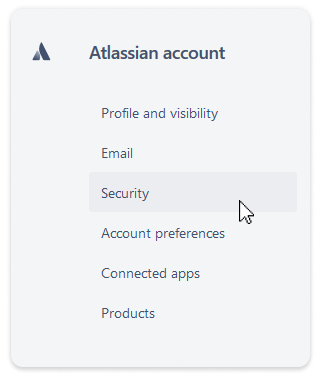
5. Click Create and manage API tokens
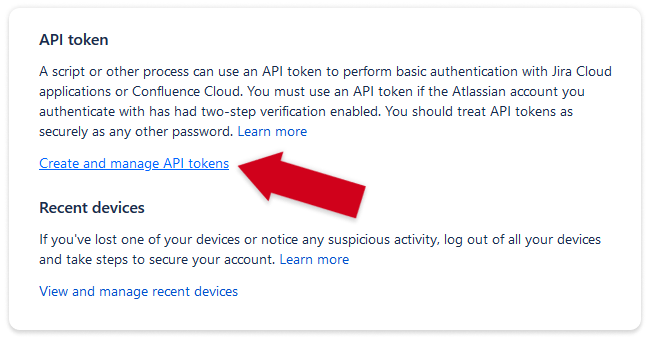
6. Create a new API token. When it is generated, copy it, go back to your Neaktor account, and paste into the API key field
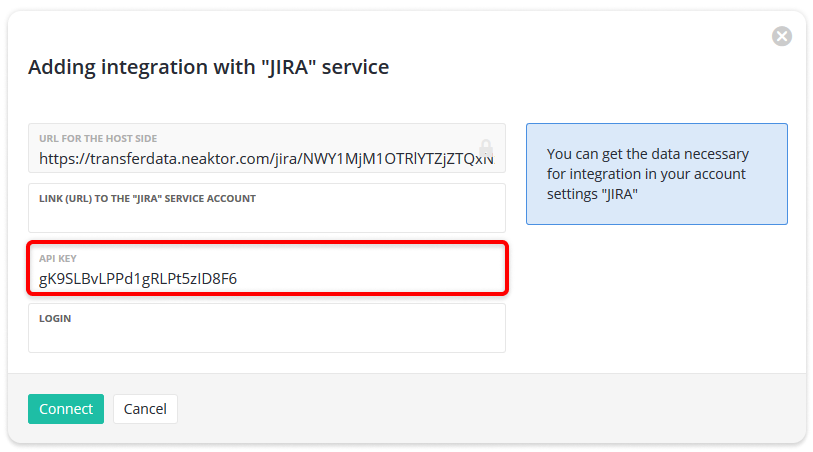
7. Open your Jira account again, copy the part of the URL in the address bar of your browser up to atlassian.net(including). It should look like this: https://testaccount.atlassian.net/

8. Go back to Neaktor. Paste the copied URL into the field Link (URL) to the “JIRA” account
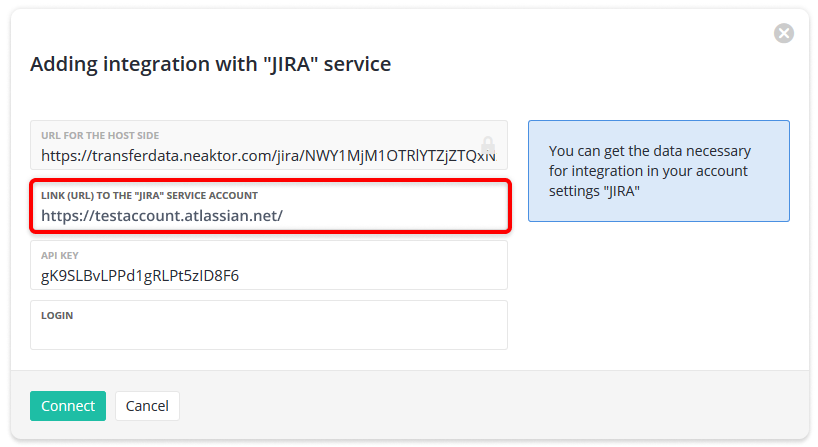
9. In the Login column, enter the email address to which your Jira account is registered.
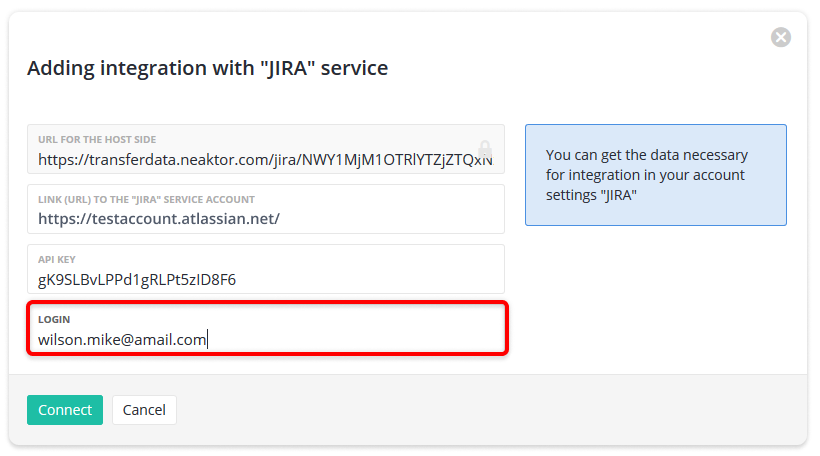
10. From Neaktor copy the link Url for the host side

11. Go back to your Jira account. Open Settings – System
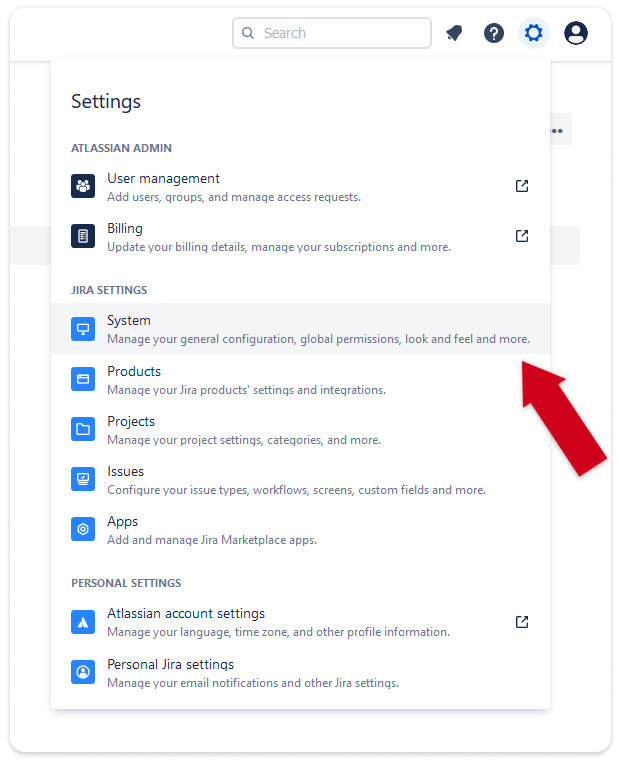
12. Open the Webhooks tab and create a new webhook
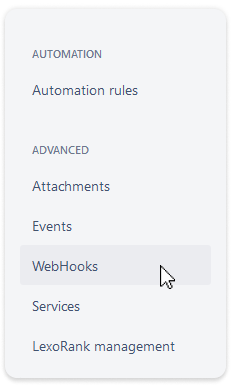
13. Paste the copied link into the URL field
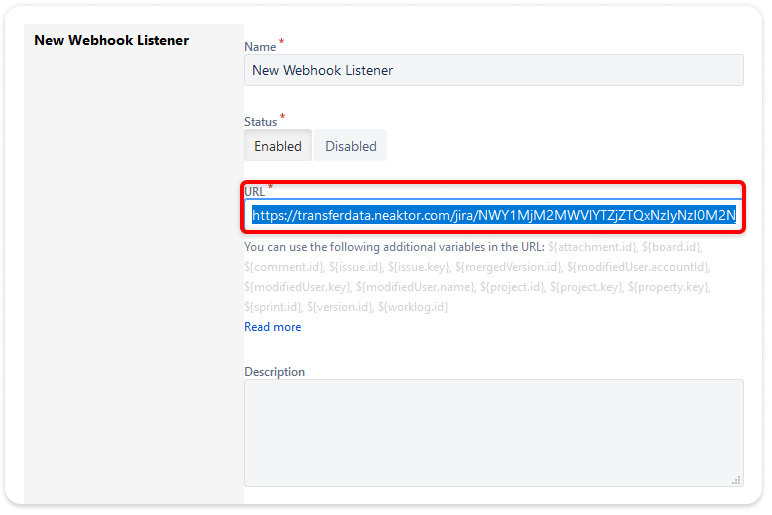
14. In the Events section related to the task, under Issue check the created and updated checkboxes
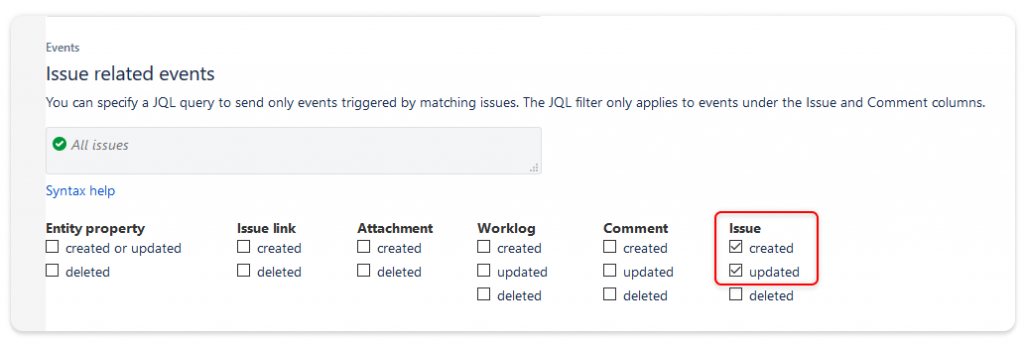
15. Save setting
16. Go back to Neaktor and save your integration settings
17. It remains to establish the rules by which the data will be created.
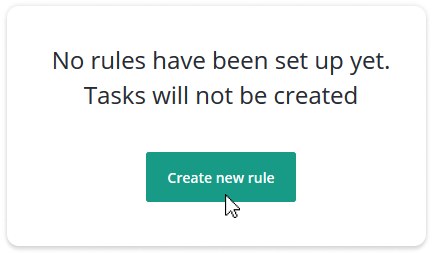
Here it all depends on your specific tasks in Neaktor and Jira, which should be synced.
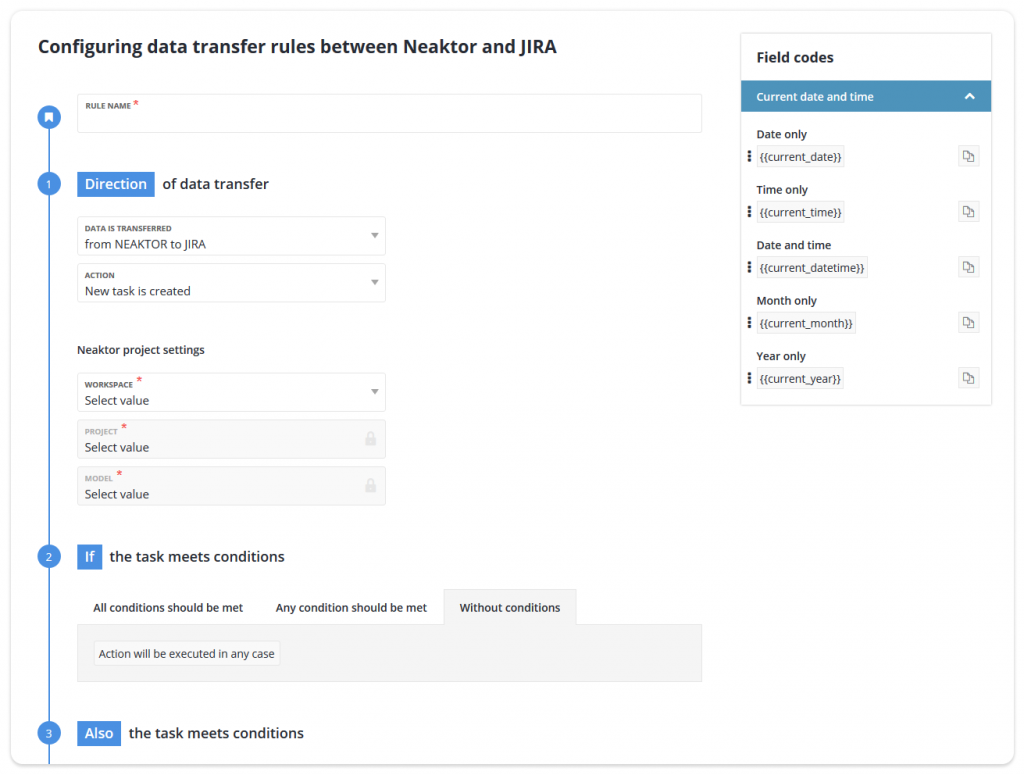
Here you need to specify who will update what, under what conditions and what should be updated / created.
New “Populated” operator for robots and auto actions
The new operator covers a vast number of cases in which the robot can be used.
For example, you fill out a purchase requisition. When you fill in the phone number or email – the initiator of the request should immediately receive an automatic notification by email or text that his request is being processed.
This became possible thanks to the operator “Populated”. You will find it listed with other operators setting up the robot’s “If” and “And” conditions.
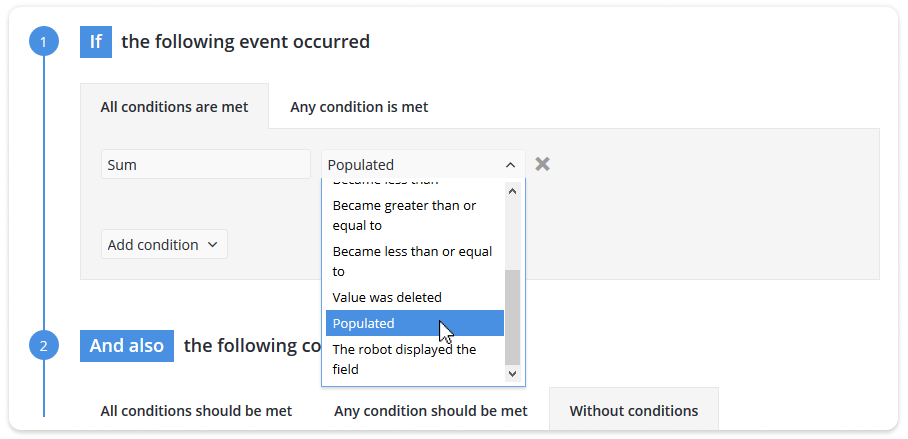
We hope you will find new features useful.
Add comment